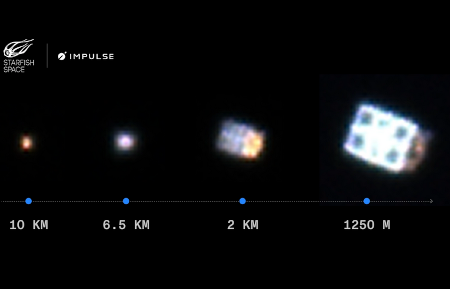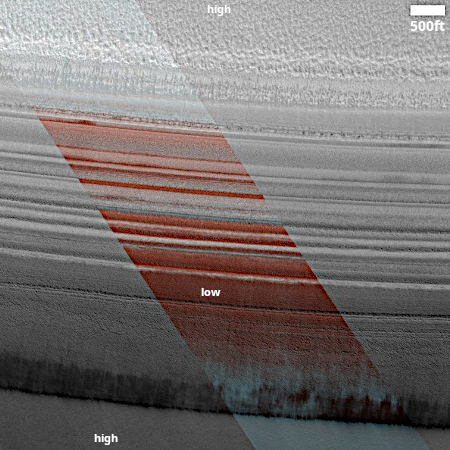Astronomers propose a new explanation for “Bright Blue Outbursts”
Among the number of quick transient events discovered by the new automated survey telescopes on the ground and in space that have been built in the past two decades are something astronomers have labeled “bright blue outbursts”, bright flashes of blue and ultraviolet light that appear quickly and then fade away, leaving behind X-ray and radio emissions.
There are several theories as to what causes these flashes, but none are accepted whole-heartedly. Now a team of astronomers have looked at one flash and proposed a new theory.
This curious class of objects is known as luminous fast blue optical transients (LFBOTs), and with slightly more than a dozen discovered so far, astronomers have debated whether they are produced by an unusual type of supernova or by interstellar gas falling into a black hole.
Analysis of the brightest LFBOT to-date, named AT 2024wpp and discovered last year, shows that they’re neither. Instead, a team led by researchers from the University of California, Berkeley, concluded that they are caused by an extreme tidal disruption, where a black hole of up to 100 times the mass of our Sun completely shreds its massive star companion within days.
… “The sheer amount of radiated energy from these bursts is so large that you can’t power them with a core collapse stellar explosion — or any other type of normal stellar explosion,” says Natalie LeBaron, UC Berkeley graduate student and first author on the paper presenting the Gemini data [1]. “The main message from AT 2024wpp is that the model that we started off with is wrong. It’s definitely not just an exploding star.”
The researchers hypothesize that the intense, high-energy light emitted during this extreme tidal disruption was a consequence of the long parasitic history of the black hole binary system. As they reconstruct this history, the black hole had been sucking material from its companion for a long time, completely enshrouding itself in a halo of material too far from the black hole for it to swallow.
Need I mention that this theory, while better explaining the data, remains unconfirmed and decidedly uncertain.
Among the number of quick transient events discovered by the new automated survey telescopes on the ground and in space that have been built in the past two decades are something astronomers have labeled “bright blue outbursts”, bright flashes of blue and ultraviolet light that appear quickly and then fade away, leaving behind X-ray and radio emissions.
There are several theories as to what causes these flashes, but none are accepted whole-heartedly. Now a team of astronomers have looked at one flash and proposed a new theory.
This curious class of objects is known as luminous fast blue optical transients (LFBOTs), and with slightly more than a dozen discovered so far, astronomers have debated whether they are produced by an unusual type of supernova or by interstellar gas falling into a black hole.
Analysis of the brightest LFBOT to-date, named AT 2024wpp and discovered last year, shows that they’re neither. Instead, a team led by researchers from the University of California, Berkeley, concluded that they are caused by an extreme tidal disruption, where a black hole of up to 100 times the mass of our Sun completely shreds its massive star companion within days.
… “The sheer amount of radiated energy from these bursts is so large that you can’t power them with a core collapse stellar explosion — or any other type of normal stellar explosion,” says Natalie LeBaron, UC Berkeley graduate student and first author on the paper presenting the Gemini data [1]. “The main message from AT 2024wpp is that the model that we started off with is wrong. It’s definitely not just an exploding star.”
The researchers hypothesize that the intense, high-energy light emitted during this extreme tidal disruption was a consequence of the long parasitic history of the black hole binary system. As they reconstruct this history, the black hole had been sucking material from its companion for a long time, completely enshrouding itself in a halo of material too far from the black hole for it to swallow.
Need I mention that this theory, while better explaining the data, remains unconfirmed and decidedly uncertain.









